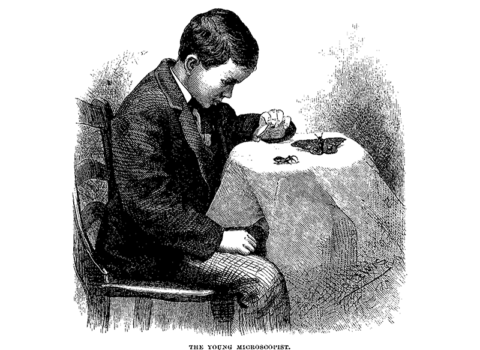Violence in Pictures
In such brutal times as ours, we frequently turn to the news to better understand the violence that surrounds us. Photojournalism often satisfies our desire to get closer to the horrors of the day, to face the disaster at hand, without self-destructing or burning our fingers.
However, we know that an image seen on TV or online isn’t strong enough to re-create an authentic experience. Fires in Maui; bodies in the trenches of Donbas, Ukraine; children dying of hunger in Sudanese hospitals; the pain and destruction caused by the floods in Libya—all are tempered by the physical distance of the reader or viewer.
I wince each time BBC anchors warn me that “some viewers might find the following images disturbing.” If only! The media announces a presumed danger knowing that the gap between an image, however “real,” and the viewer of that image poses no real threat to one’s conscience, to that line of emotion that, once crossed, could lead to true shock or distress—or to action. In those moments, I think about the words of the great film director Sam Fuller, a combat veteran, who believed that “to make a real war movie,” one would have to “occasionally fire at the audience from behind a screen during a battle scene.”
The phone video Darnella Frazier shot of the murder of George Floyd in 2020 is perhaps the exception that proves the rule. Still available on YouTube, still horrifying, this video was aired after the crime in bits and pieces—never, as far as I know, in its entirety—on national television. There, too, YouTube released a warning: “the following content may contain graphic or violent imagery.” As if straight-up violence, spontaneous and surprising—although filtered through a screen—so traumatizing that the human psyche didn’t have the means to tolerate it.
Nevertheless, let us ask ourselves: did George Floyd suffering and moaning for eight minutes and forty-six seconds in front of tens of millions of people really change anything?
As a journalist who specializes in war propaganda, violence is a subject that concerns me. Of course, I advocate for “reality” as much as possible, in the hope that exposure to violence, especially to the real consequences of war by way of brutal images that lay bare both death and injuries, will make the world wiser.
But in an era that is completely saturated with images, I’m surprised that fiction, and therefore imagination, has a more powerful impact than non-fiction. Let’s put aside the terrors of the unconscious; I’m only talking here about the novel and its visceral impact on the ordinary reader.
We all can recall a story that upset us. But to the point of causing us to completely close a book and not read it? The author who I think is most masterful at depicting the bloody as well as the oppressive is Philippe Claudel. His latest novel, Crépuscule, is an excellent example. It is set in a small town inside an imaginary empire at a more primitive time than the 21st century (all we know is that events take place sometime after 1909), but it is no less savage than our day in its cynicism, cruelty, and hate for the Other—an overarching theme in Claudel’s work.
The story begins with the discovery of the mysterious murder of the town priest. The town’s Muslim community is small and not necessarily hated. That said, suspicions soon focus on the only doctor, a Muslim man named Krashmir. Suddenly, we’re plunged into a world of secret, twisted violence marked by rampant sexual desire, corrupt politics, and a firm and venomous resentment of minorities, eccentrics, and the mentally ill.
Alongside all this drama old, buried horrors emerge, revealing human cruelty in all its ugliness. The town is obviously in the grip of a contagious cancer, and things are going to end badly. I hope that you, dear readers, will approach Crépuscule without insipid warnings and that you read the book in its entirety.
On the other hand, I’d like to muddle your literary experience by giving you a very unusual challenge. In Chapter 23 of Crépuscule, you’re going to encounter a scene of incredible violence—the one that initially made me close the book because I found it unbearable. It’s a moment of intra-Muslim revenge: the victim, nicknamed the Mute, becomes the target of the furious anger of twin brothers, Mahmoud and Brahim Kouechi. Being of “simple mind,” he has the bad luck of impulsively carrying out a public act of vulgarity that the town police chief ironically allows himself to commit in private.
I challenge you to read those eight pages by Claudel and then watch George Floyd pass away in the eight terrible minutes filmed by Darnella Frazier. Think about it. Which scenario seems most “real”? Which best describes the state of mind of our civilization? Which would push you to act most quickly to halt the horror?



